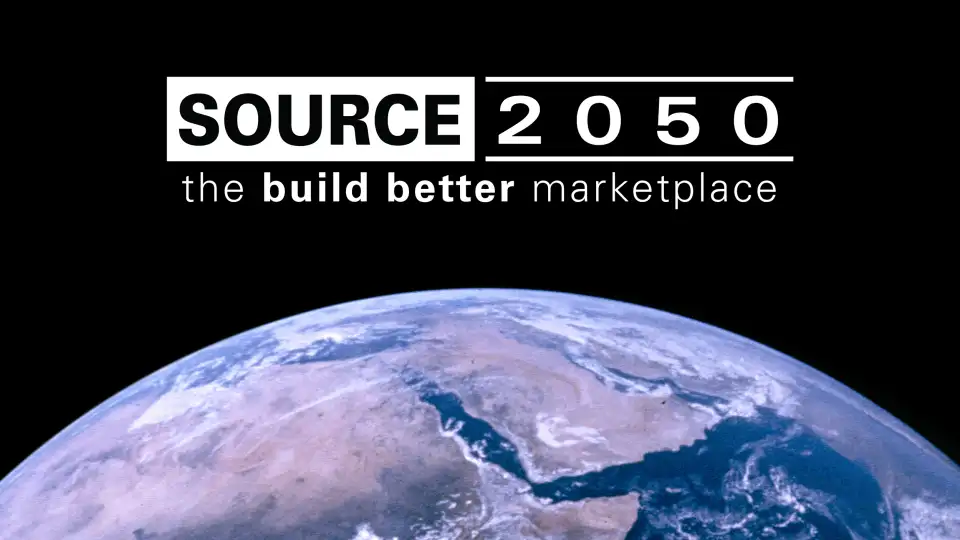
As a partner at Baxt Ingui Architects, a firm that has been completing Passive House certified historic masonry retrofits for the past decade, I have continuously been surprised and excited by the ever-increasing opportunities in the high-performance building space. My involvement with the U.S. Passive House movement has allowed for a clear vision of both the hurdles and the resulting challenges associated with this emerging market.
This sense of vision is shared by other people within the community, like John Knapp, whom I met over a decade ago when I served as the architect who renovated his townhouse to become the first certified Passive House Plus in North America. An intellectual property attorney by background, John had been working with European modular manufacturers and other construction technologies and immediately saw the promise of Passive House as a way to accelerate decarbonization.
But he saw two challenges before Passive House could be adopted more broadly.
First, tradespeople, architects, engineers, and others within the industry would need an easier way to learn and stay up to speed on the new methods of construction Passive House required. John, therefore, accepted my invitation to join an advisory board tasked with conceptualizing a forum where tradespeople, architects, engineers, and manufacturers could exchange project-based Passive House construction knowledge. Out of this grew the Passive House Accelerator, which I founded in 2019 to serve as a catalyst for zero carbon building and a place where all are welcome to share knowledge and solutions. Within three years, under the direction of Zack Semke, sessions and collaborations on the Accelerator have clearly identified the needs of the high-performance building community. We’ve also become one of the leading sources for Passive House information in the world.
In 2021, John and I began discussing how best to address the second impediment to broader adoption— sourcing. Oftentimes, opportunities arise in response to frustrations the community experiences, and one common frustration, mentioned in nearly every conference I have attended and continuously on the Accelerator, is sourcing and purchasing the necessary materials for high-performance buildings. I have personally felt this frustration on our Passive House projects, despite the relatively robust network of stores and salespeople in the New York City area. Passive House project plans specify particular products and materials that contribute to the insulative and airtightness values necessary for the project to succeed. However, these products and materials are not readily available through the channels that contractors typically use, creating a situation where they either resort to using inadequate products or look to the architect or engineer to source the products for them. Moreover, at a time of massive innovation, where incumbents, startups, and international firms are all bringing new products into the market, the few retailers carrying Passive House products only provide one solution in each category. With legislation at the local, state, and federal levels requiring greater energy efficiency standards for new construction, and with some jurisdictions even mandating retrofits, the demand for these products will only increase, and many builders will struggle as they simultaneously work to comply with new codes and familiarize themselves with products they’ve never used before.
To help builders navigate this new landscape, we founded Source 2050, a true marketplace for the products and materials needed for Passive House and high-performance construction projects. Featuring major brands alongside innovative startups, the site showcases all products that are carefully categorized and tagged by the attributes and specifications that are important to builders. Collaborative specification lists, custom quoting, and other features will help construction professionals more efficiently specify and source their projects and help the industry as a whole achieve our decarbonization goals for 2050 and beyond.
Source 2050 will also clearly identify and share the materials and systems successfully used in recently completed projects. This information will enable teams to find and potentially purchase these goods with the same ease as they could find typical construction materials, erasing one of the larger hurdles we currently face in the Passive House community.
It is our belief that the Passive House and high-performance building communities understand the need to make the process of purchasing high-performance goods as easy as that offered through big box retail. Source 2050 intends to aid this process by offering a consumer-friendly, easy-to-use platform where builders can source and purchase the items necessary to achieve their performance goals. Centralizing the knowledge of what products are used in high-performance buildings and best practices for implementation is the first step to knocking down a large barrier to entry in the high-performance building space. In turn, removing this barrier is a necessary step to achieving market transformation and carving out a carbon-neutral built environment.
Although there is not a formal connection between Source 2050 and the Passive House Accelerator, Source 2050 will make it much easier for people to find the goods and materials described on the Accelerator. Over the past several years, we have been inundated with constant questions about where to find and purchase necessary goods for Passive House construction. This same need has been echoed throughout the high-performance building community. Utilizing the leadership of the Passive House Accelerator as key advisors to Source 2050 has allowed the marketplace to be custom-tailored to the community we hope to serve. Our hope is that Source 2050 will continue to develop and include materials and manufacturers to fill the gaps as more and more Passive House buildings are constructed.